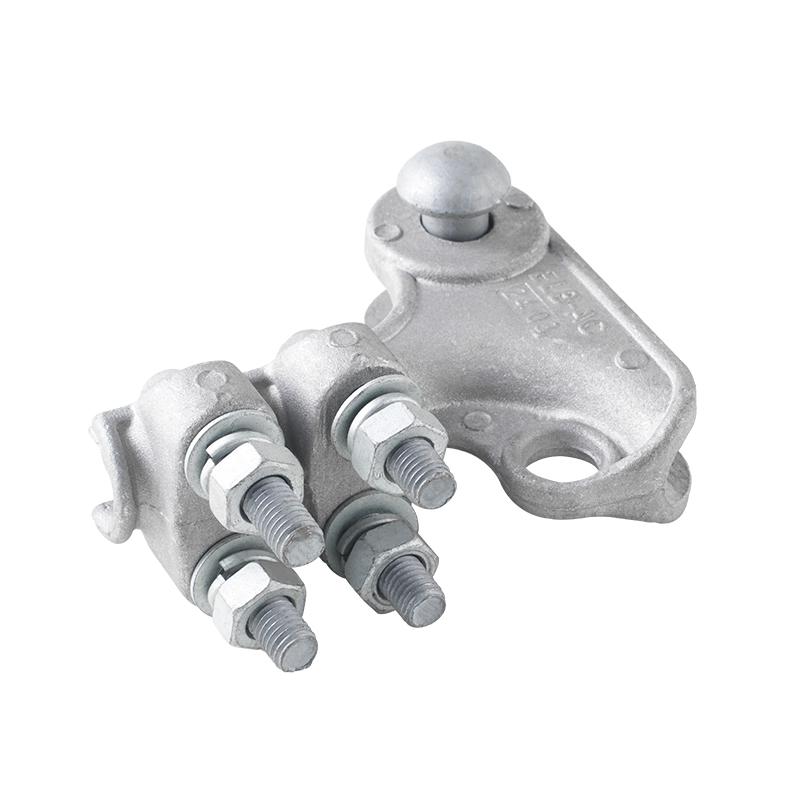Key Elements That Are Indispensable for Precision Metal Casting Production Parts
Industry News-Precision metal casting is a critical process in modern manufacturing, allowing the creation of complex, high-accuracy metal components for a wide range of industries such as automotive, aerospace, energy, and medical equipment. The demand for durable, detailed, and dimensionally stable metal parts continues to grow, and so does the importance of the processes, tools, and practices used to produce them. For precision metal casting to be successful, several indispensable factors must be in place—from material selection and mold quality to process control and post-casting treatment.

The foundation of any precision casting process lies in the quality of the materials used. The metal alloy must meet strict standards in terms of composition, purity, and performance characteristics. Common alloys used in precision casting include stainless steel, carbon steel, aluminum, titanium, and nickel-based alloys.
Impurities in the raw materials can lead to defects such as porosity, shrinkage cavities, or cracking. Therefore, maintaining material consistency and traceability is vital. Additionally, for industries like aerospace and medical, material certification is often a requirement to ensure compliance with international standards.
The mold is what gives the final part its shape and surface finish, making its accuracy and durability indispensable to precision casting. Depending on the process—investment casting, die casting, or sand casting—the mold may be made of ceramic, metal, or sand-based materials.
In investment casting, wax patterns are used to create a ceramic shell mold. These molds must accurately replicate every detail of the pattern and withstand the molten metal’s temperature without deforming or cracking.
In die casting, reusable metal molds must maintain tight tolerances over repeated cycles. Mold wear, thermal fatigue, and corrosion are common concerns that require high-grade tool steels and proper cooling systems.
Any distortion or imperfection in the mold directly affects the final part, so attention to mold design, production, and maintenance is non-negotiable.
Pattern making is another cornerstone of high-quality casting. In investment casting, wax or plastic patterns are used to form the mold cavity. These patterns must be manufactured with precision since any dimensional variation will carry over to the final product.
With the integration of CNC machining and 3D printing technologies, pattern production has become more accurate and flexible. Computer-aided design (CAD) systems allow for detailed modeling, while advanced machinery ensures the replication of fine features and intricate geometries.
The casting environment significantly influences the outcome of the process. Key environmental factors that must be carefully controlled include:
Temperature: Both the mold and the molten metal must be maintained at optimal temperatures to avoid thermal shock and ensure proper filling of the mold cavity.
Humidity and cleanliness: Especially in investment casting, excessive moisture or airborne particles can affect the ceramic shell’s quality.
Pouring conditions: The speed, angle, and turbulence of the metal pour should be regulated to reduce gas entrapment and avoid defects like cold shuts or inclusions.
Automation and sensor technology are increasingly used to monitor and adjust these variables in real time, improving consistency and reducing scrap rates.
Process monitoring and quality assurance systems are critical in precision metal casting. Techniques such as non-destructive testing (NDT), X-ray inspection, ultrasonic testing, and coordinate measuring machines (CMMs) are used to verify internal and external part quality.
Moreover, statistical process control (SPC) is commonly used in high-volume production to detect variations early and take corrective action before defects accumulate.
Process control not only ensures that specifications are met, but it also helps manufacturers optimize productivity, reduce waste, and maintain customer trust.
 En
En
 русский
русский Español
Español عربى
عربى Deutsch
Deutsch















